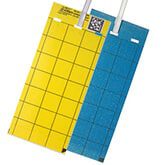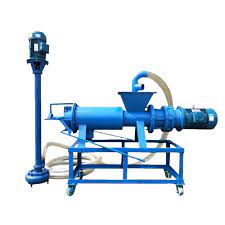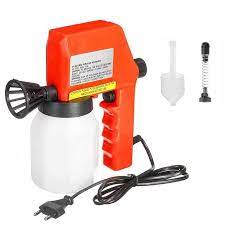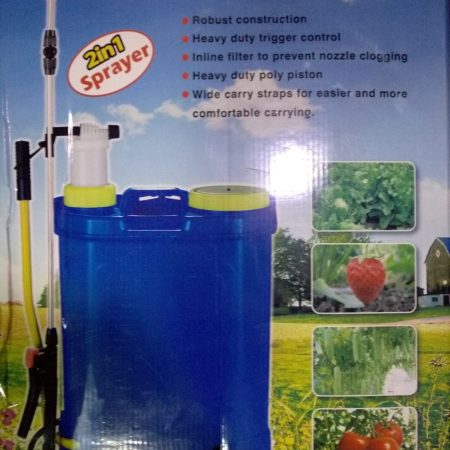Agricultural Sticky Traps (Yellow & Blue)
₦13,000.00
31 people are viewing this product right now
🔥 6 items sold in last 3 hours
Agricultural Sticky Traps
Combat unwanted insects while safeguarding your crops and minimizing environmental impact with agricultural sticky traps. Discover their versatility, effectiveness, and ease of use today!
Attributes of Agricultural Sticky Traps:
- Available in various colors and sizes to attract specific pests.
- Weatherproof and durable for long-lasting use in outdoor environments.
- Non-toxic and safe for beneficial insects like pollinators.
- Can be used in conjunction with other pest control methods for holistic management.
Agricultural Sticky Traps Usage:
For Potted Plants: Use a cord hanger as a stake to upward push the lowest of the Sticky Strip a few inches above the plant.
For Staked or Tied Plants: Arrange the Sticky Strip so the pinnacle is barely above the pinnacle of the plant canopy.
For Garden & Field Use: Use immediately on the floor with the sticky facet up, or for above floor trapping, hang with a string, or use the protected twine hanger which may be used as a stake.
You can hold the sticky traps on branches in bushes and roses.
The traps can be held on stakes close to vegetable row plants, shrubs and box vegetation as well.
For Monitoring: Use 1 lure in line with 1,000 rectangular ft.
For Trapping: Use 1 trap in step with 20-50 rectangular ft.
NB: The price above is for a percentage of 10 portions.
Buy more save more!
Buy from 5 to ∞ items and get 5% OFF
on each productAgricultural Sticky Traps (Yellow & Blue)
Agricultural sticky traps are a simple yet effective way to manage pest populations in your crops. These traps utilize the instincts and behaviors of insects to lure them in and capture them on an adhesive surface. They offer a non-toxic and targeted approach to pest control, making them ideal for organic and sustainable farming practices.
Use yellow sticky traps to lure and monitor maximum pests, along with whiteflies, fungus gnats, shore flies, thrips, winged aphids, leafminers, etc.
Using blue traps is best for thrips, which is helpful in case you need to display for thrips even excluding the inadvertent seizure of parasitoids like Aphidius spp—and other at-risk bio-controls.
Precaution:
Make sure you operate with care.
Reduce hold-period if wanted, just be steady.
Be aware they’ll inadvertently capture parasitic wasps, midges, and beetles.
Sticky Traps attract pest bugs using a particular color spectrum. They do not require lures or baits, but they can be more advantageous with important oils which include Melissa, Lemon, or Cinnamon Oil. Trapping is the most efficient manner to reveal your crop for pest insects and may frequently imply the insect’s presence early enough that other control measures can be taken.
Frequently Asked Questions About Agricultural Sticky Traps (Yellow & Blue)
What are agricultural sticky traps and how do they work?
Agricultural sticky traps are pest control tools that use adhesive surfaces to capture insects attracted to specific colors. They are non-toxic and can be used for monitoring pest populations or directly reducing their numbers.
What are the different types of agricultural sticky traps?
The two main types mentioned are:
- Yellow sticky traps: Attract and capture a wider range of pests, including whiteflies, fungus gnats, shore flies, thrips, aphids, leafminers, etc.
- Blue sticky traps: Primarily target thrips, but might also attract beneficial insects like parasitic wasps.
What are the benefits of using agricultural sticky traps?
- Non-toxic: Offer a safer alternative to chemical insecticides.
- Targeted control: Attract and capture specific pest insects.
- Monitoring: Help identify pest presence and track population levels.
- Organic and sustainable: Suitable for organic farming practices.
How do I use agricultural sticky traps?
- Placement: Hang traps strategically within your crop area.
- Color selection: Choose the appropriate trap color based on the target pest.
- Monitoring: Regularly check traps to assess pest presence and population levels.
Are there any drawbacks to using sticky traps?
- Accidental capture: May unintentionally capture beneficial insects like parasitic wasps.
- Limited pest control: Primarily for monitoring and reducing pest populations, not complete eradication.
Can I enhance the effectiveness of sticky traps?
- Essential oils: Adding essential oils like lemon, cinnamon, or melissa oil to the traps can further attract target pests.
Product Video Description
Only logged in customers who have purchased this product may leave a review.
Related products
₦9,750.00


₦585,000.00









Reviews
There are no reviews yet.